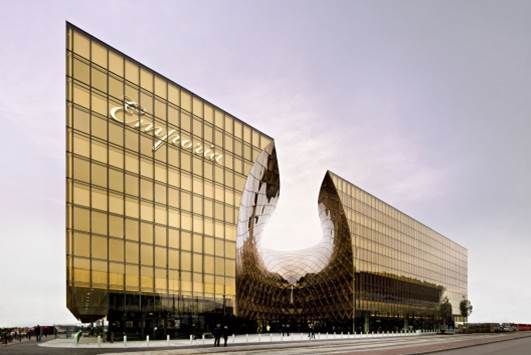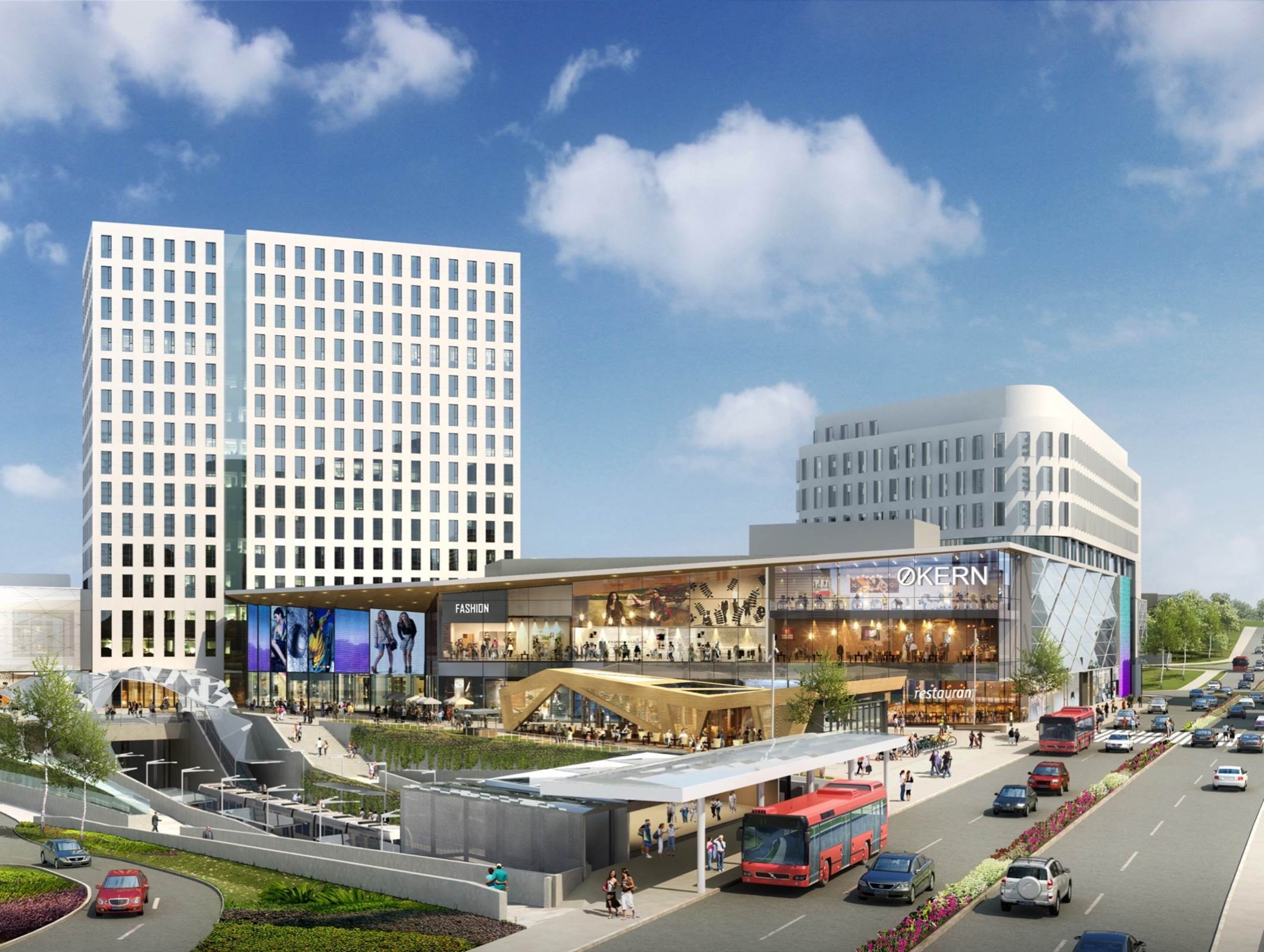
Project News
Consolidation Centres Can Improve Air Quality in Towns and Cities 17/7/18
Project formally ends (30/4/18)
Final conference reported in Newsletter #6 30/4/18
Transferability leaflet 30/4/18
Observatory brochure updated 19/4/18
Living lab handbook 18/4/18
Final conference, 23/24 April, Brussels
Oslo video 5/4/18
Poste Italiane video 27/3/18
Future Public Sector Logistics Consolidation 23/2/18
Mobility is a Serious Game! 23/1/18
Newsletter #5 issued 20/12/17
Brussels-Mobility freight video 18/12/17
Brussels-Capital SUMP award 18/12/17
Implementation posters 8/11/17
Citylab event in Rome 20/10/17
METRANS UF Conference presentations 17/10/17
Citylab at the Civitas Forum 27/9/17
Living lab updates 27/9/17
CiTTi conference article 13/10/17
Living lab animation 25/9/17
Instant deliveries presentation 30/8/17
Consolidation and EV presentation 22/6/17
Newsletter #4 issued 31/5/17
Freight observatory findings 17/5/17
Right on time! presentation 9/4/17
Freight in the City presentations 1/3/17
Implementation dashboards now live 28/2/17
European Review of Regional Logistics (including feature on Citylab) 20/12/16
This workshop, co-organised by TOI and Steen & Strøm, was held in the Hyllie district of Malmö, home to the Emporia shopping centre that was opened in 2012, one of the largest and most impressive shopping centres in the region (pictured below). The event included a tour of Emporia attended by 24 people from industry, cities and research. It provided a showcase example of the type of development currently being undertaken by Steen & Strøm, the subject of the Oslo implementation.

Jardar Andersen (TOI) provided an overview of the Citylab project and the urban freight implementations taking place in the partner cities.
Link to presentation
Pål Schwartz Samuelsen (Steen & Strøm) set the scene as to how sustainable logistics can be introduced into shopping centres, particularly at the early design stage, as changing delivery arrangements in existing centres is very difficult. The new shopping centre in Økern, Oslo (artist's impression below), will be built as part of the city’s planned expansion, and with excellent transport links, it is seen as a prime development area. Steen and Strom are looking at reducing the costs of transporting goods from the loading bay to the shop floor for their residents as well as reducing the time that transport companies are on the loading bays. They are also looking at how latest generation alternative fuelled vehicles could be encouraged to deliver to their centres to meet the government’s reduction in fossil fuelled vehicles.
Link to presentation

Helge Jensen (City of Oslo) talked about what the city of Oslo are aiming to achieve in the Økern district of the city. The city has an ambition to be fossil-free by 2030 and to achieve this they have to have an ambitious logistics plan which encourages the use of electric vehicles. He mentioned that DHL and the city council were opening a new freight micro terminal with e-bikes the following day! The city council are in the process of digitising their road network and they are using sensors to measure the usage of delivery slots, similar to that done in Lisbon in the Straightsol project. They are also planning to downgrade the status of ring road 3 and encourage smart and green mobility.
Link to presentation
Lars Ivarsson (Logistikbolaget AB), the designated operator of internal logistics operations at the Emporia shopping centre talked about management of deliveries.
Working with around 200 tenants (shops and restaurants), they currently handle 300 inbound deliveries per day and undertake around 500 internal transports to or from the tenants. All tenants, apart from two large supermarkets, are forced to use the internal logistics operation as part of their tenancy. The internal logistics operation also covers waste disposal of around 20 tonnes per day! The existing business model involves charging tenants a ‘landing fee’ for each incoming delivery, which encourages consolidation. They typically operate using only 7 loading docks compared to the industry standard of 35 and also operate just 3 waste compactors compared to the average of 16, both figures identifying that a sustainable logistics system can bring significant operational savings.
Link to presentation
Johan Kjellberg (Steen & Strøm) started his presentation with an interesting history of the regional and local developments that have led to the present day Hyllie area,
none more so that the construction of the Øresund bridge, linking Sweden to Denmark, which opened in 2000.
He then gave an overview of the Emporia centre, comprising 180 stores, 25 restaurants and around 78,000m2 of leasable space and attracting around 7.5 million customers last year.
Link to presentation
Olav Eidhammer and Tale Ørving (TOI) gave a summary evaluation of costs and benefits associated with common logistics functions at shopping centres. The main benefits were stated as reduced time spent by delivery drivers at the freight receipt area, with reduced congestion as a consequence, increased efficiency of in-house logistics thereby requiring fewer unloading areas and with less damage to infrastructure and better reliability and predictability of deliveries for shop managers.
Link to presentation
Christoffer Widegren, City of Gothenburg described initiatives that had recently taken place in Gothenburg, some of which have been evaluated as part of his involvement with the Novelog project. These included freight consolidation for the Lindholmen University campus (a compact area of 200mx200m) using electric vehicles, where distance savings of 2,500km per year were estimated and a similar service for a diverse range of small shops on 10 shopping streets in the centre of Gothenburg. He stated the importance of the deliveries being undertaken by a relatively small ‘neutral’ operator (rather than one of the big carriers) and reported that the city centre service is almost self-sustaining, just needing around a 10% increase in take-up. The last-mile service is mainly funded at present by transport companies and through advertising. A main challenge for the service is coping with the different opening hours of the shops.
Link to presentation